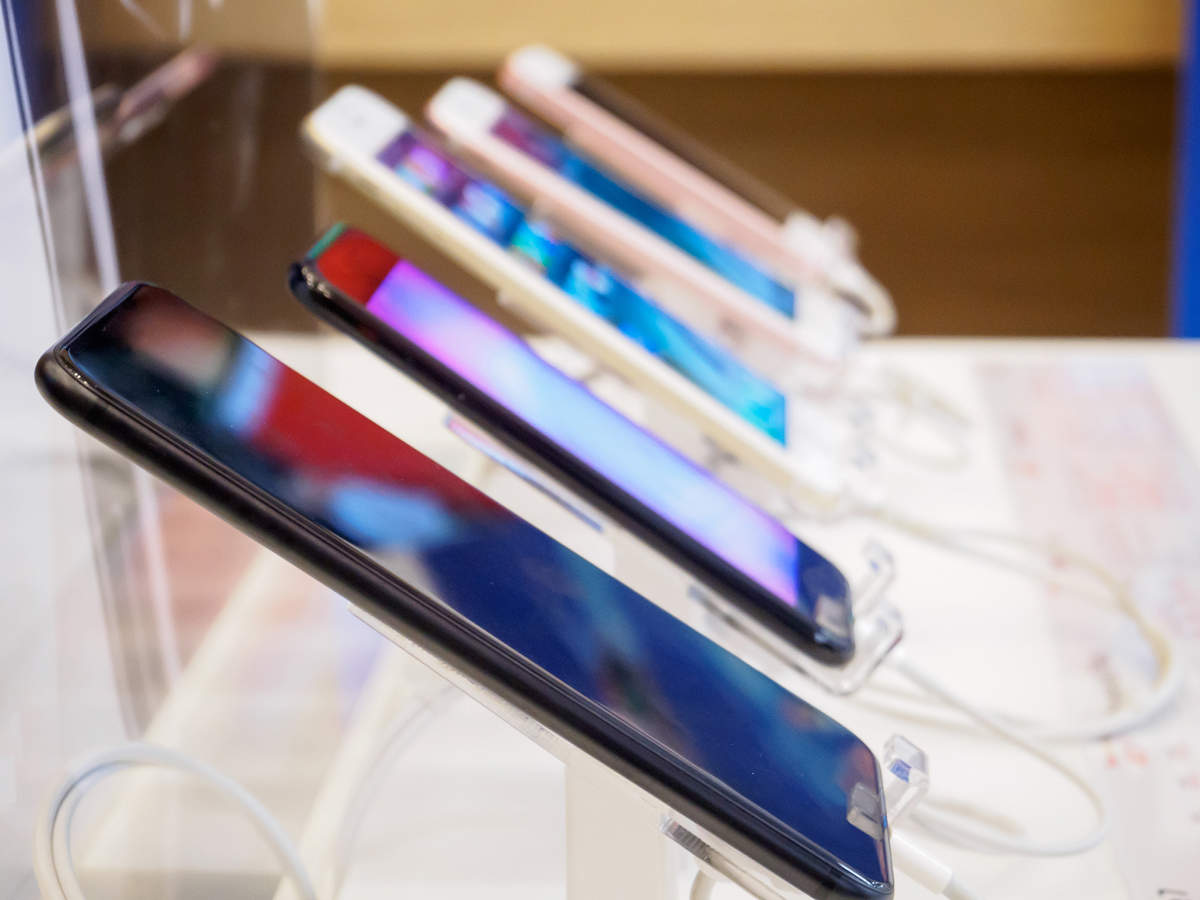
Smartphone Shakeout How the Industry Consolidated Amidst Pandemic and Economic Turbulence The smartphone landscape, once teeming with over 700 competing brands at its zenith in 2017, has undergone a seismic transformation. Today, in 2023, the number of smartphone brands has dwindled by a third, with only around 250 remaining players in the market. This dramatic consolidation can be attributed to a combination of factors, including the disruptive effects of the pandemic and component shortages that took root in 2020, as well as the global economic slowdown triggered by Russia’s invasion of Ukraine in 2022. Together, these events have led to the closure of many smaller smartphone companies, reshaping the industry as we know it.
The Boom Years of 2017
The year 2017 marked the zenith of the smartphone industry’s proliferation, with a staggering 700 or more brands vying for consumer attention. An annual sales volume of 1.5 billion units showcased the industry’s dynamism, innovation, and the insatiable global appetite for these pocket-sized devices.
The Pandemic’s Unforeseen Disruption
The onset of the COVID-19 pandemic in 2020 initiated a chain reaction of challenges for the smartphone industry. Production facilities were temporarily shuttered, supply chains were disrupted, and consumer demand fluctuated unpredictably. These hurdles significantly impacted the ability of smaller players to weather the storm, forcing some to exit the market.
Component Shortages Complicate Matters
The pandemic-induced disruption of supply chains was further exacerbated by critical component shortages. As the demand for electronics surged with remote work and online activities, semiconductor and other component manufacturers struggled to keep pace. Smaller smartphone brands, lacking the scale and influence of industry giants, found themselves at a disadvantage, unable to secure the components needed to produce their devices.
Global Economic Slowdown and Geopolitical Factors
The economic slowdown triggered by Russia’s invasion of Ukraine in 2022 sent shockwaves across the global economy. The ripple effects of this geopolitical event were felt far and wide, affecting consumer confidence, exchange rates, and trade relations. Smaller smartphone companies, already grappling with pandemic-related challenges, found it increasingly difficult to operate profitably in this uncertain economic environment, leading to many closures.
The Reshaped Smartphone Landscape
Today, in 2023, the smartphone industry presents a more consolidated and competitive landscape. Approximately 250 brands remain, having weathered the storm of recent years. This consolidation has led to a heightened focus on innovation, quality, and sustainability, as the surviving brands vie for market share in a more streamlined and discerning market.
Conclusion
The evolution of the smartphone industry from a sprawling ecosystem of over 700 brands to a more concentrated field of around 250 players underscores the resilience and adaptability of the market. The challenges posed by the pandemic, component shortages, and geopolitical events have reshaped the industry, forcing smaller players to exit while pushing survivors to innovate and deliver higher-quality products. As the smartphone landscape continues to evolve, consumers can expect ongoing advancements in technology and user experiences driven by the competitive spirit of the remaining brands.
Last Updated on: Saturday, September 23, 2023 7:24 am by Anu Priya | Published by: Anu Priya on Saturday, September 23, 2023 7:24 am | News Categories: News, Business, Economy, GENERAL, Startups, Tech
About Us: Business Byte covers a wide range of topics, including India news, business updates, startup insights, technology trends, sports, entertainment, lifestyle, automobiles, and more, led by Editor-in-Chief Ankur Srivastava. Stay connected on Website, Facebook, Instagram, LinkedIn, X (formerly Twitter), Google News, and Whatsapp Channel.
Disclaimer: At Business Byte, we are committed to providing accurate, reliable, and thoroughly verified information, sourced from trusted media outlets. For more details, please visit our About, Disclaimer, Terms & Conditions, and Privacy Policy. If you have any questions, feedback, or concerns, feel free to contact us through email.
Contact Us: businessbyteofficial@gmail.com || ankursri983@gmail.com